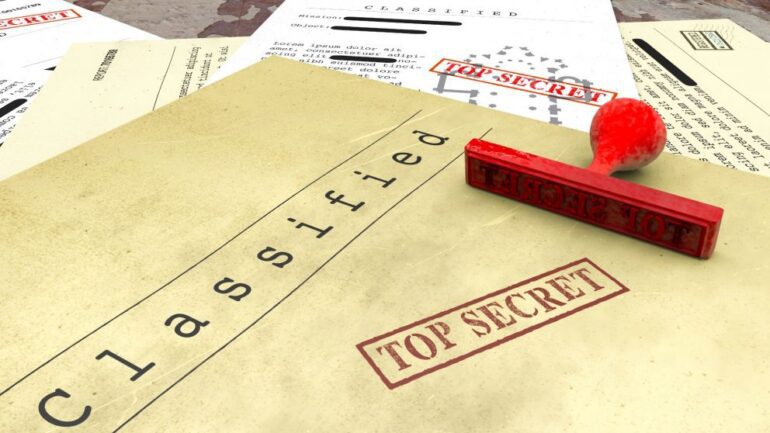TL;DR:
- State Department utilizes AI to declassify diplomatic cables from late 1997.
- Machine learning tool developed in-house enables proactive disclosure.
- 97% accuracy was achieved in determining records for declassification.
- Cost-effective solution, saving $400,000 compared to manual review.
- Recommendations by experts to embrace technology for classification and declassification.
- Government efforts to streamline declassification and enhance FOIA processes.
- Potential for broader adoption of AI-driven transparency in government operations.
Main AI News:
In a groundbreaking move, the State Department has harnessed the power of artificial intelligence to declassify diplomatic cables dating back to late 1997. These confidential documents, shedding light on crucial diplomatic interactions and assessments, have been brought to the public eye using an innovative machine learning tool developed by the agency over the past year.
The declassification initiative was not prompted by any Freedom of Information Act (FOIA) requests; instead, it was driven by the “proactive disclosure” provision of FOIA, showcasing a forward-thinking approach to transparency in government operations. Eric Stein, the deputy assistant secretary for the Office of Global Information Services, declared this as “the first-ever proactive disclosure of previously classified records, achieved through machine learning and AI.“
This remarkable AI-driven system was trained on years of declassification decisions, achieving an impressive accuracy rate of 97% in determining whether a record should be declassified. Stein emphasized that the remaining 3% of issues were mostly related to data quality or other minor challenges. To ensure the system’s accuracy, human review remains an integral part of the declassification process.
A Cost-Effective Solution
One of the standout advantages of this machine learning tool is its cost-effectiveness. It costs approximately $400,000 to develop and train the system, a significant cost-saving measure compared to hiring additional personnel for manual record review. This innovative tool has now been fully integrated into the State Department’s 25-year declassification program, with the 1997 records serving as a noteworthy inaugural example.
Embracing Technology for Declassification
For years, experts in classification policies have stressed the need for government agencies to leverage technology, including automation and machine learning, to handle the ever-growing volume of electronic records. The exponential increase in digitally created classified records has posed a significant challenge, often likened to a “tsunami.” In 2020, the Public Interest Declassification Board recommended the use of machine learning and artificial intelligence to streamline both classification and declassification processes.
Congress has also thrown its weight behind technological advancements, aiming to overhaul the government’s classification system and enhance the efficiency of declassification reviews. Meanwhile, FOIA programs within agencies have been grappling with resource constraints while facing an escalating number of requests and the need to review an expanding array of electronic records.
Looking Ahead
The State Department’s pioneering pilot program could set a precedent for broader efforts to streamline declassification processes and enhance FOIA practices. The agency is also exploring the potential of AI to expedite the FOIA process.
Eric Stein, who is also co-chairman of the Chief FOIA Officers Council’s Technology Committee, highlighted the importance of starting with high-quality records and data. He suggested that agencies begin with a small subset of records, similar to the State Department’s focus on diplomatic cables. While contemplating expansion into email and other record types, Stein acknowledged the unique challenges posed by different data formats.
Conclusion:
The State Department’s utilization of AI to declassify diplomatic records represents a significant advancement in government transparency. The success of this initiative, with its cost-effectiveness and high accuracy, sets a promising precedent for the market. It underscores the increasing role of AI in handling sensitive information, offering potential cost savings and improved efficiency for organizations across various sectors.

